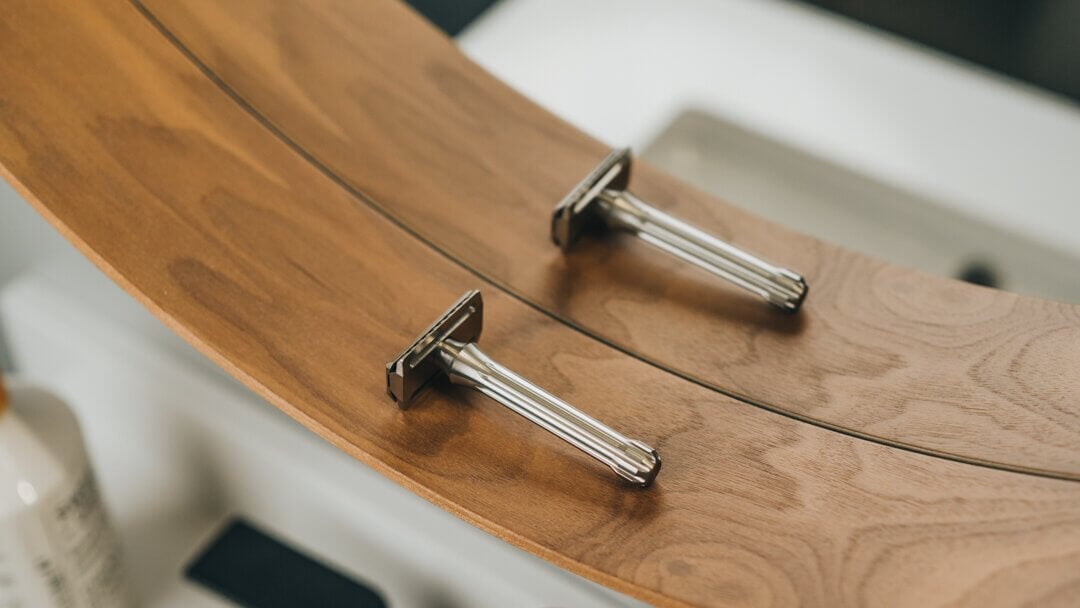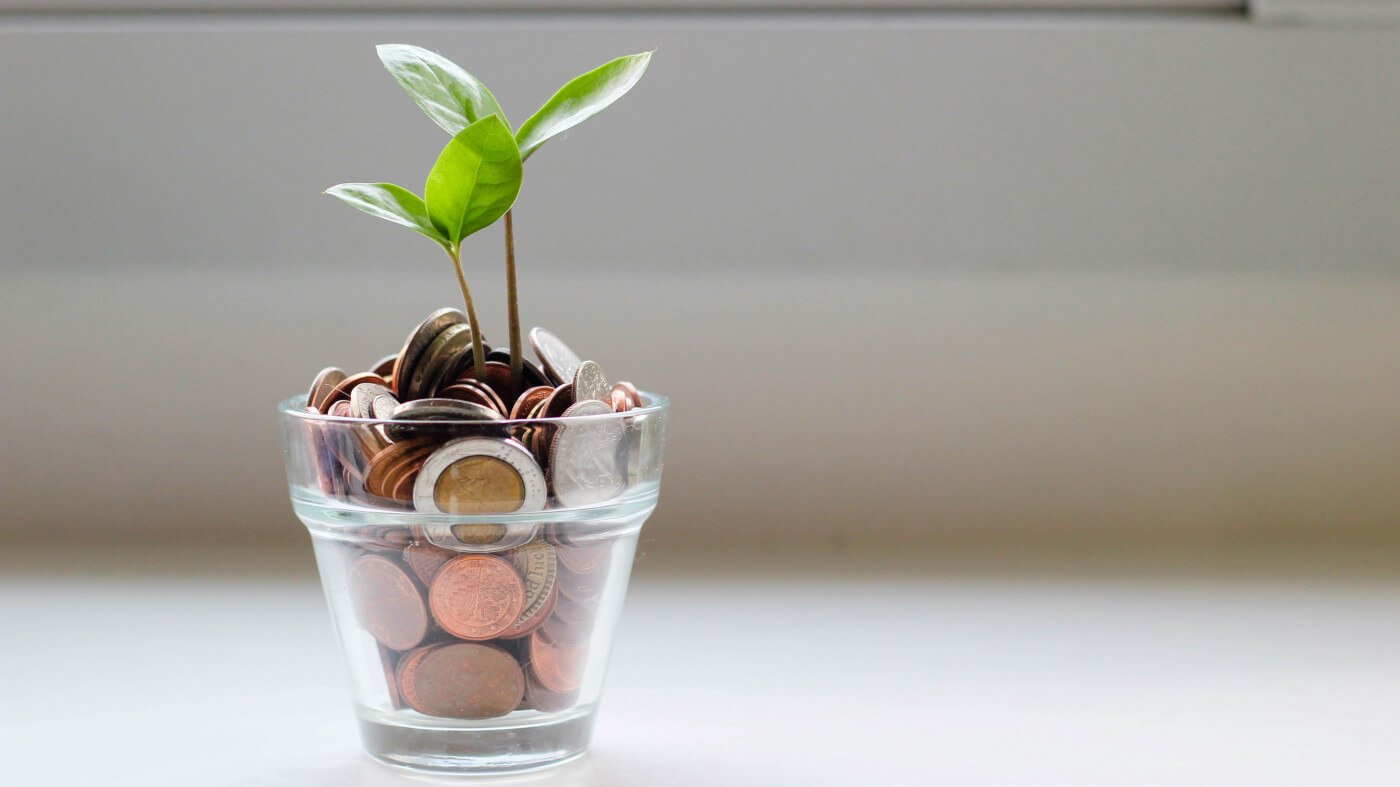Shaving while dealing with acne can be nerve-racking, to say the least. We want you to be as comfortable as possible with your shave, which is why today we're going to be going over some techniques and best practices to keep your skin healthy.
What is Acne?
Acne refers to the appearance of blemishes, or small, inflamed bumps, on the surface of the skin. Acne typically appears on the face, chest, or back but can also appear in other places. It affects millions of people, regardless of age, ethnicity, skin type, and gender.
All acne blemishes start the same way: Pores, which are tiny openings in the skin where hair emerges, become clogged with oil produced by glands connected to these pores.
There are many types of acne blemishes, and just as many causes for their formation. Some develop simply because of oil trapped beneath the surface of the skin, whereas others form or worsen as a result of a bacterial infection in the pore. (NYU Langone)
Note: We are not dermatologists or skin experts, we are simply sharing what we do to take care of our skin during the shaving process.
If you have painful, inflamed acne, please contact your doctor or dermatologist, and it is probably best to avoid shaving until your skin calms down a bit.
If you have questions about treating acne, please contact a your doctor or dermatologist, or check out these sources: American Academy of Dermatology l NHS l John Hopkins
Now that we have some background out of the way, here are our tips to shaving while taking acne into consideration:
Make sure you're shaving in a clean environment
One of the pillars of maintaining great skin health is to make sure that it stays clean, and that should not take a back seat while you're shaving, especially when shaving with acne.
We recommend to always shower and wash/exfoliate your face thoroughly before shaving.
The steam from the shower softens the hair and opens the pores while the cleanser, well, cleans the skin, allowing for a more healthy and comfortable shave.
Use soap and a brush to prep your skin
If you aren't using a shave soap and/or cream by now, you should change that. Add in the use of a brush to build the lather, and you are on your way to a winning skin prep formula.
Using a shaving brush helps the lather get under the hair and onto the skin, moisturizing it and adding slickness for your razor to glide smoothly.
Using the brush also exfoliates your skin, kicking up any dead skin cells and allowing new, healthy ones to grow back in their place.
Use a safety razor
Using a safety razor, as opposed to a cartridge/disposable, allows you to have greater control over the entire shaving process, which is key when shaving with acne.
Safety razors are more precise: there is only one blade, you know exactly where it is shaving at all times, helping with avoiding inflamed areas of the skin. With acne, you want to do your best to avoid any active pimples, and the benefits of control and efficiency that the safety razor provides helps with just that.
The fact that there is only one blade in the safety razor also means that there is less contact with the razor blade and the skin. More blade contact = more fine layers of skin being taken off = more irritation of the skin.
Clean your razor and replace blades often
Cleaning your razor with hot water works to sterilize the razor and blade before use limits the spread of bacteria.
Changing blades more often ensures a fresh, clean blade that is sharp, reducing the risk of tugging and potential cuts.
Making sure to shave in the right direction
We touched on beard mapping and the directional methods of shaving before, but here's an abridged version:
In short, you want to make sure that you're shaving with and/or across the grain of your hair. These techniques ensure that the facial hair is being cut right at the skin's surface, allowing ample headroom for the hair to come back through the follicle.
When you shave against the grain, the blade pulls the hair up slightly, therefore cutting the hair to a length that ends up just below the skin's surface. This increases the likelihood of the hair not being able to grow back and breach the skin, which causes razor bumps, or ingrown hairs.
Use proper post-shave care
After a shave be sure to use an alcohol or which hazel-based toner of your choosing to help close your pores and calm the skin. Being that these products dry out the skin, after they dry you should follow up with a good moisturizer, preferably something with SPF. You don't need to be out in the sun 24/7 to be affected by UV rays.
For my fellow fellows with sensitive skin: after using witch hazel and before moisturizing, I use an aloe + chamomile gel to calm the skin down. Sometimes, if I can tell my skin is particularly fussy, I will rub a small ice cube over the area that I just shaved, too. I'm not super sure that either of these steps are necessary, but it feels nice.
That's the ticket here, folks: we should all be able to have a great shave, no matter what Mother Nature is throwing our way.
If you want to support Blackland and get some of our unbeatable shaving gear, be sure to check out our shop.






